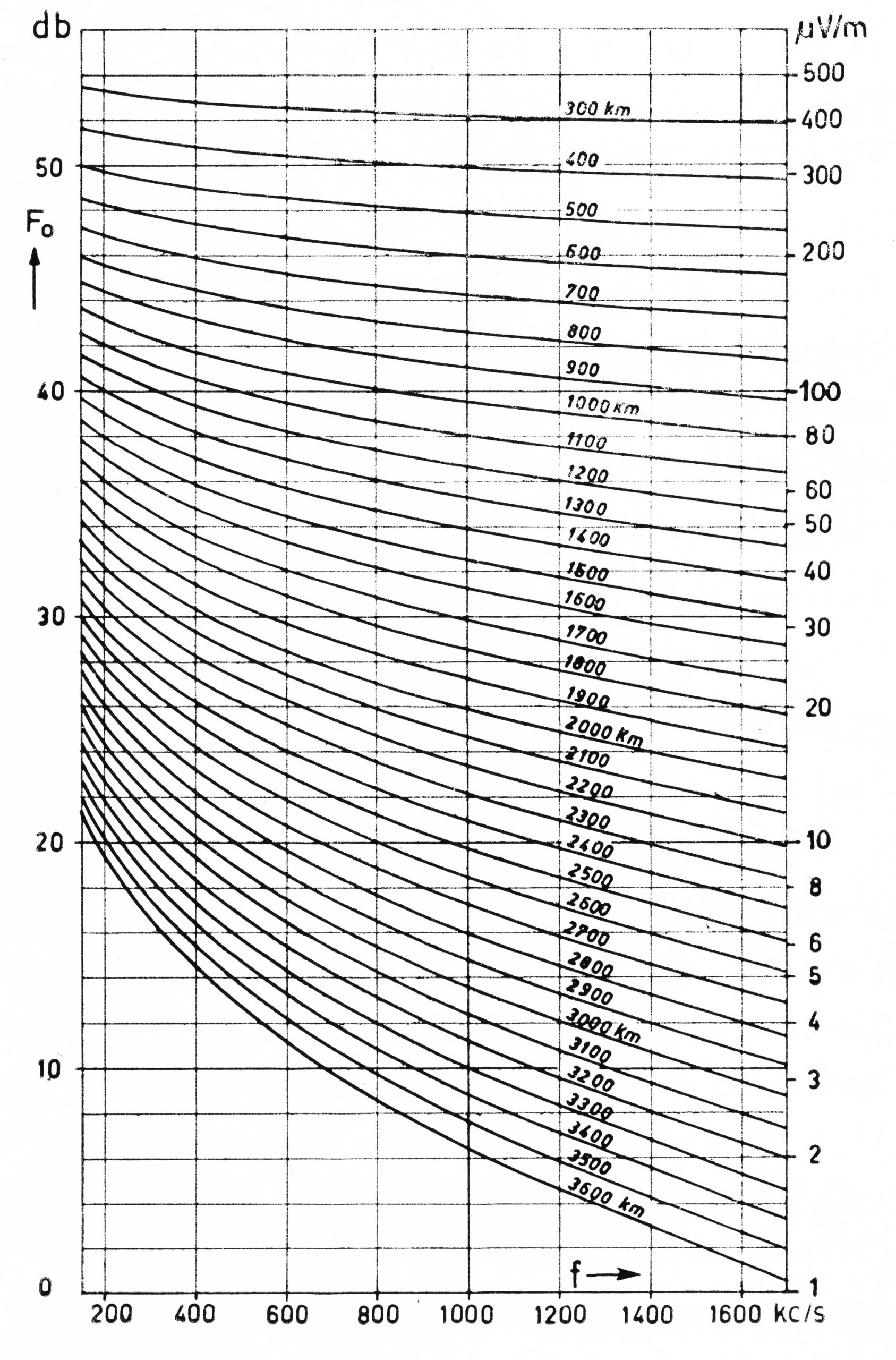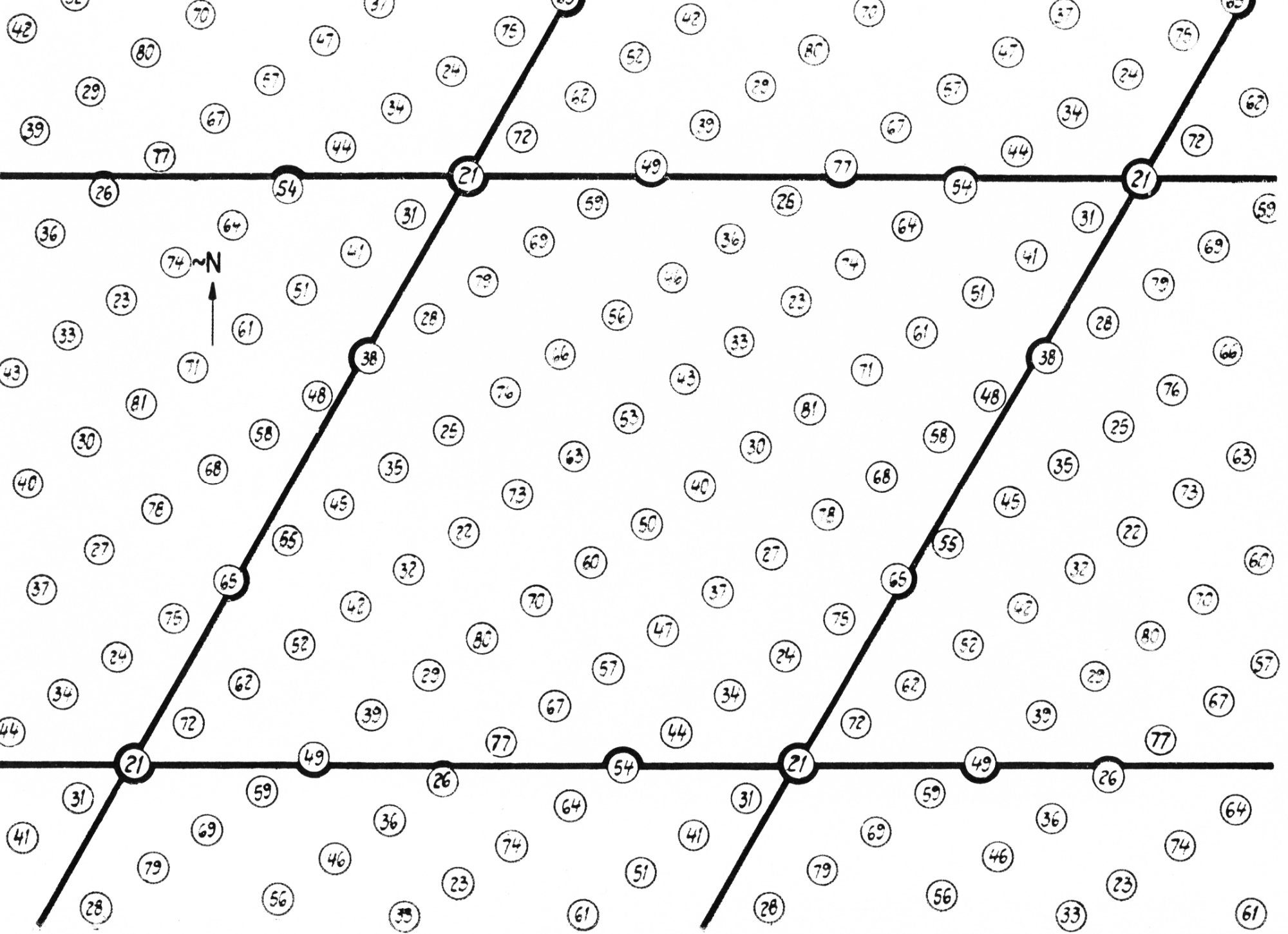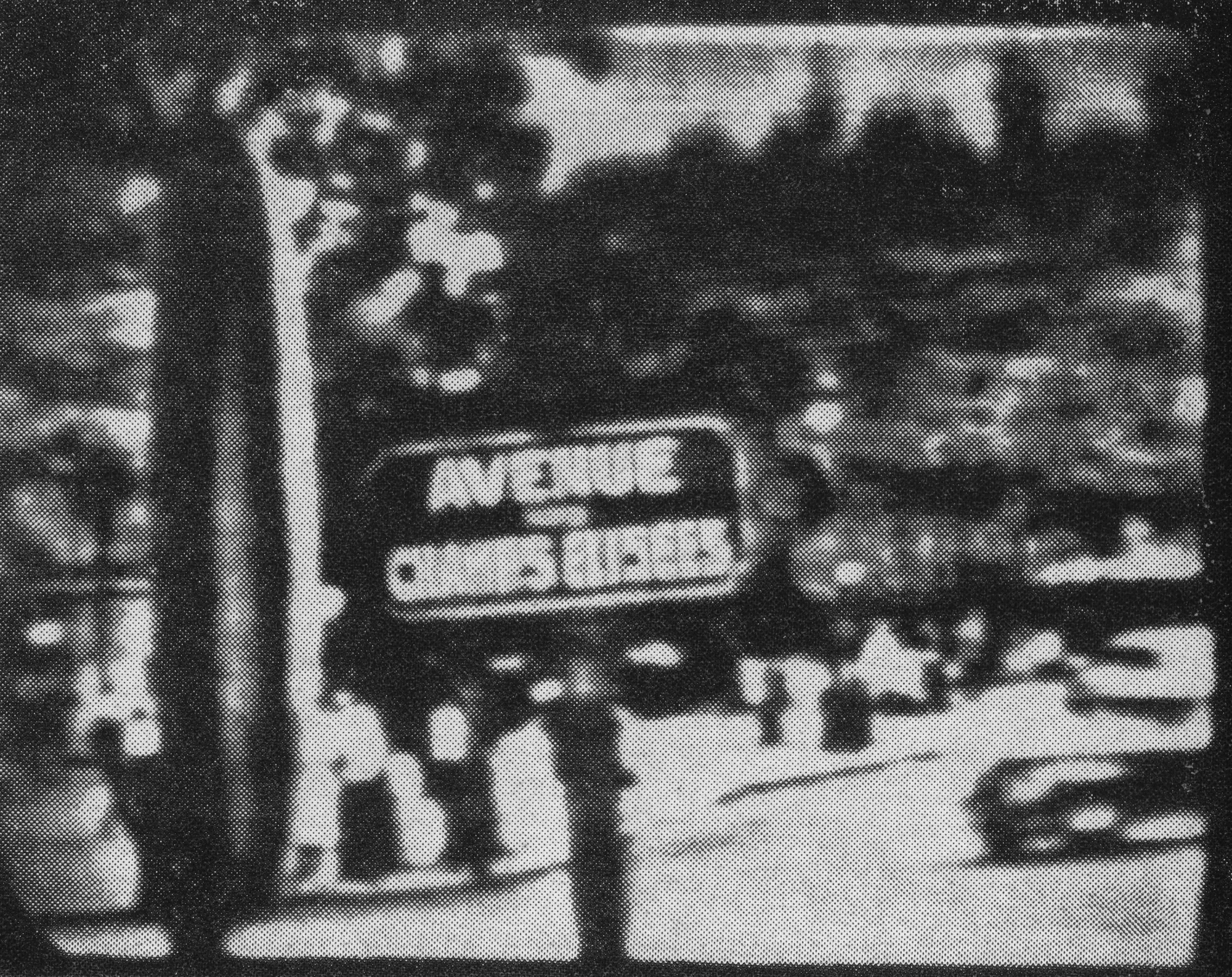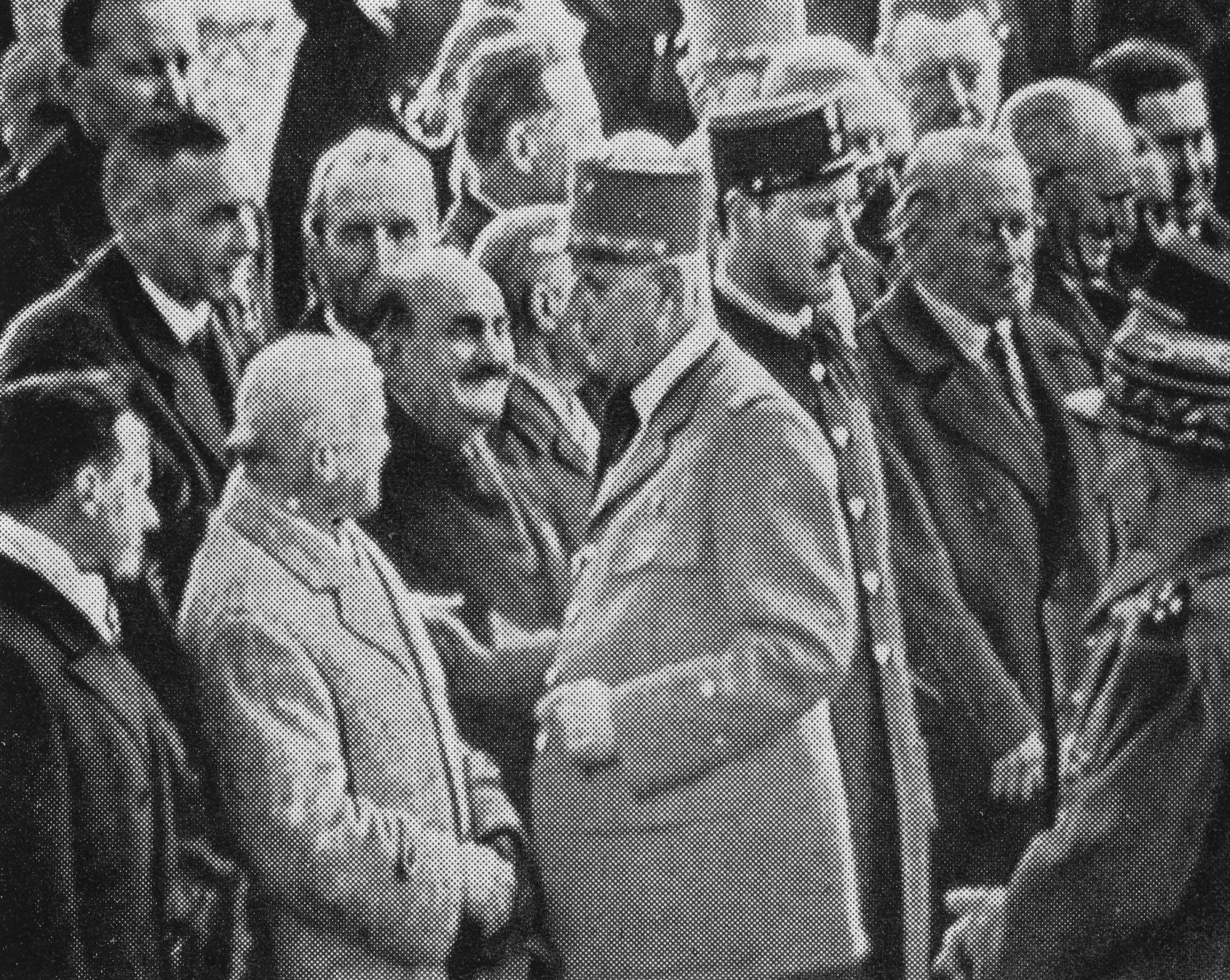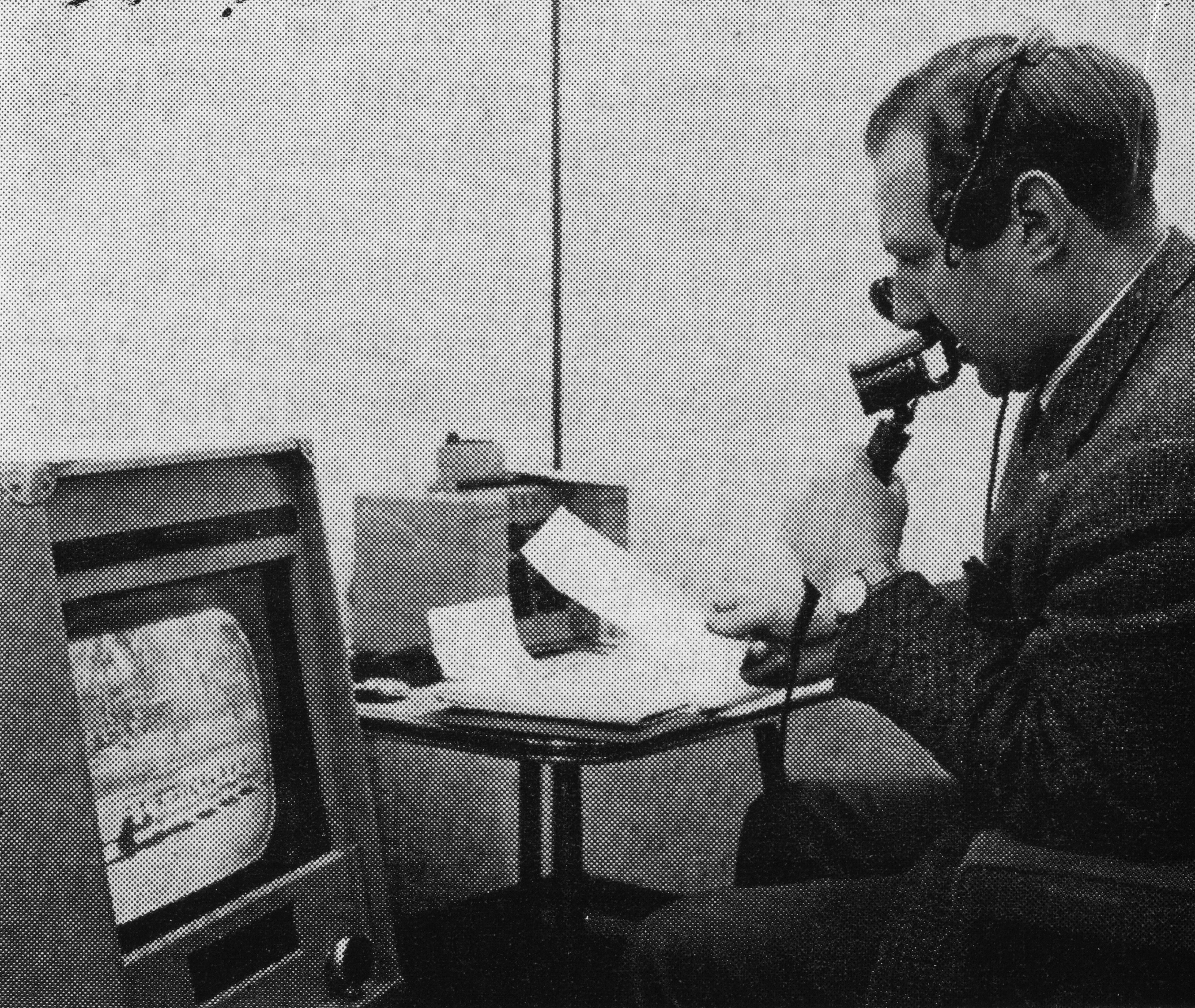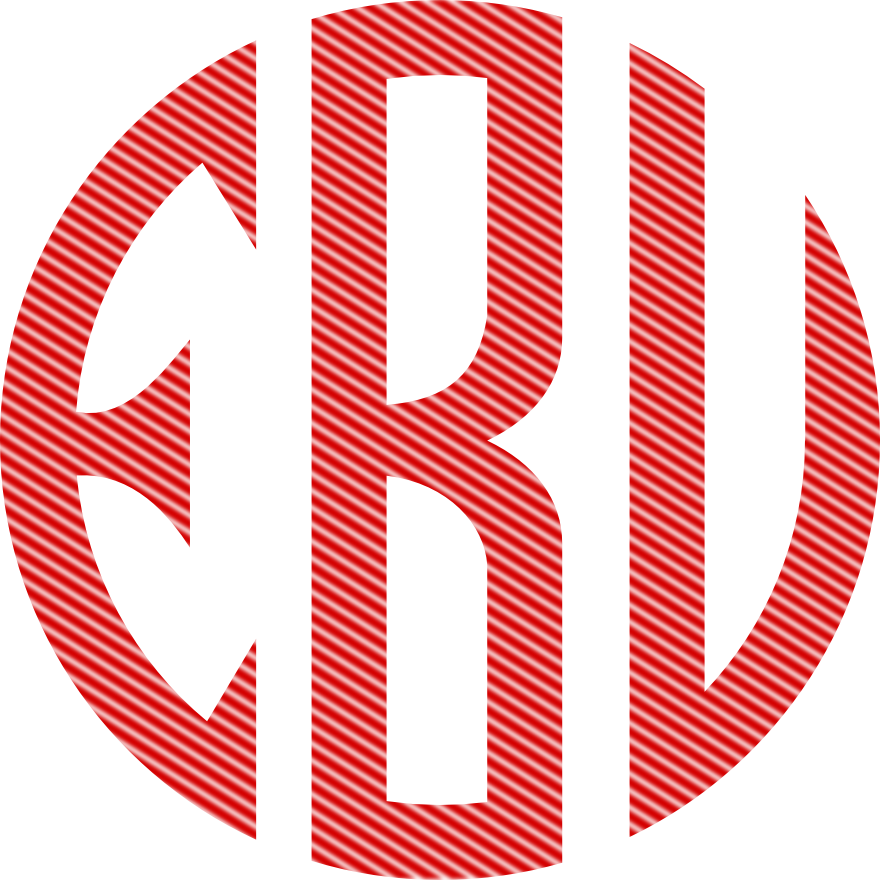
Its Activities
What are the tasks of the European Broadcasting Union? What are the fields in which it is active? What are the services that it offers its Members?
As we have seen, its aims are laid down in its Statutes. These in fact enumerate the principles of action which have to be applied in a more precise form to the many and varied problems that arise in broadcasting.
Certain of these problems are of a continuing nature. There will always exist for the broadcasting organisations problems of copyright, of interference and of educational programmes. In this sense, it may be said that certain of the E.B.U.’s preoccupations in 1962 are the same as those that the I.B.U. was facing in 1936. However, progress constantly modifies the bases of the problems, and this necessitates reconsidering them and adapting the existing solutions to new situations.
There are also new problems consequent upon the development of the art, and these have to be solved with much science and at times with a certain empiricism.
Many problems, whether old or new, are best dealt with within the framework of a specialised international organisation. Such an organisation is the E.B.U. which, in Europe at present in full expansion, deals with all major problems concerning sound and television broadcasting.
Before enumerating the activities of the Union, it seems to us to he of some use to place them within their recent context, drawing special attention to some of the events that have marked the development of broadcasting in Europe and, indeed, in the world, during the course of recent years.
A few figures. . .
indicating recent developments in sound and television broadcasting in the European Broadcasting Area.
Transmitting stations
| Sound broadcasting on long and medium waves | ||
| Year | Number of stations in service | Total power |
| 1950 | 530 | 14,800 kW |
| 1952 | 675 | 17,800 |
| 1954 | 775 | 22,500 |
| 1962 | 1,260 | 36,700* |
| * Total power provided for in the Copenhagen Plan (1950): 20,000 kW | ||
| VHF sound broadcasting (Band II) | ||
| Year | Number of stations in service | Total power |
| 1952 | 100 | 1,000 kW (ERP) |
| 1955 | 210 | 3,900 |
| 1958 | 690 | 11,500 |
| 1960 | 1,300 | 14,000 |
| 1962 | 1,870 | 18,500* |
| * Total power provided for in the Stockholm Plan (1961): 72,800 kW | ||
| Television (Bands I and III) | ||
| Year | Number of stations in service | Total power |
| 1955 | 100 | 4,000 kW (ERP) |
| 1958 | 400 | 9,800 |
| 1960 | 920 | 15,400 |
| 1962 | 1,510 | 25,800* |
| * Total power provided for in the Stockholm Plan (1961): 57,400 kW | ||
Reception (E.B.U. Members only)
| Year (December) | Number of receiving licences for sound broadcasting | Number of receiving licences for television |
|---|---|---|
| 1950 | 45,372,298 | 423,550 |
| 1952 | 52,270,058 | 1,893,146 |
| 1954 | 59,215,291 | 4,503,041 |
| 1956 | 65,631,659 | 7,638,236 |
| 1958 | 69,105,512 | 14,318,054 |
| 1960 | 77,057,036 | 23,501,656 |
| 1962 (Jan) | 78,495,324 | 27,508,193 |
The European listener recalls with regret the happy period when all he had to do was to adjust the knobs of his receiver properly, in order to listen under relatively good conditions both on long and medium waves to the stations of his choice. Nowadays he needs to use much more patience and care, because of the overcrowding of that part of the radio spectrum.
In order to remedy this situation, recourse has had to be had to another waveband, namely that of the Very High Frequencies.
In addition to incontestable advantages from the technical point of view, from which the listeners have profited, this band has permitted the broadcasting organisations more flexibility in the planning of their programmes. On the artistic plane, it has introduced a new concept of listening (“high fidelity”) which may be deemed a step forward towards stereophony.
Concurrently with these developments, television has forged ahead. The work done by the research laboratories, by legal and programme experts, previously applied exclusively on the problems of sound broadcasting, gradually began to be applied to this technique, which was giving rise to new problems, especially those created by the development of television networks and links between transmitters and those concerning studio equipment. On the legal side, this new means of expression implied new rights that had to be defined and protected. On the cultural plane, it necessitates the exploitation of all the educational possibilities of television whose mission, it has been recognised, is not only merely to inform and to distract. School television has become for the broadcasting organisations a subject for study of the same importance as school broadcasting was for the sound-broadcasting authorities before the war. Moreover, the needs of each national network for varied programmes, including a wide coverage of life in other countries, required the organisation of programme exchanges between the various Members. This led to considering television on a continental scale and no longer on that of a single country or a single province. Eurovision, which was created some years ago, is giving a real picture of Europe.
Naturally, the attraction of television took away from sound broadcasting some of its listeners. It became necessary to seek out new objectives for sound broadcasting and to determine how to reorganise the programmes.
However, television was not the only important problem that confronted the European broadcasting organisations after the war. The modification of certain operating techniques (that of sound recording, for instance) necessitated the adaptation or replacement of the equipment and necessitated changes in the working methods.
From a more general point of view, the development of automatic equipment made it possible to economise in staff and modified the economic and social aspects of one part of sound-broadcasting operation. The introduction of new components in the equipment (such as the transistor and the vidicon) brought about reductions in weight and in the bulk of the apparatus and opened the road to new possibilities for programme producers.
Finally, certain new techniques made their appearance: stereophony, colour television, the use of artificial earth-satellites, attracting the interest of specialists and becoming the object of study and research on an international plane.
It should be stressed that these new facilities did not get rid of the problems confronting broadcasting in a more current form. The solution of these more ordinary problems is in fact of great interest to many of the recently-created countries which require help in the organisation of their broadcasting networks and equipment. In this field, too, a coordination of efforts on an international level has proved to be necessary.
These, then, are the more important circumstances that are dictating the main direction of the E.B.U’s activities. These are the activities that we shall now describe, beginning with the activities of the Union’s three Specialised Committees, namely, the Programme Committee, the Technical Committee and the Legal Committee.

